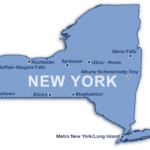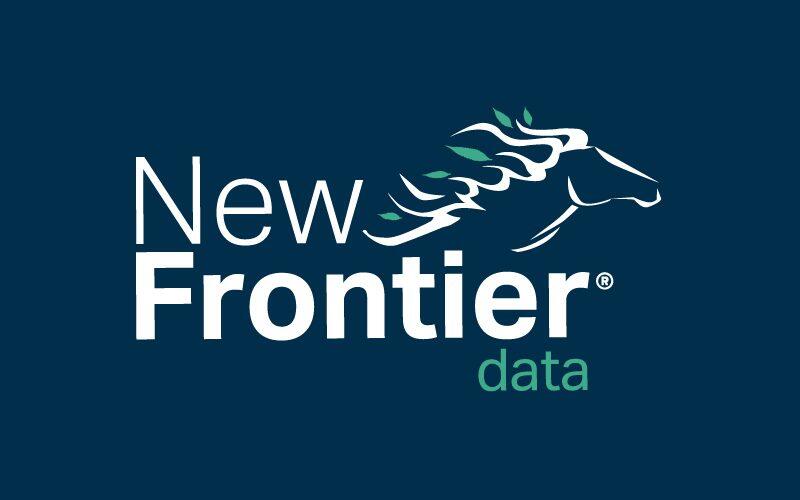Oregon as Informal Case Study: Some Lessons Learned from the Rush in the Pacific Northwest

Will New York Finally Get Serious About Cannabis?
March 17, 2018
How to Evaluate Valuations in the Cannabis Marketplace
March 17, 2018By J.J. McCoy, Senior Managing Editor for New Frontier Data
What We Have Learned: New Frontier Data offers some important lessons about the state’s recent retail sales, prices, and market segmentation.
As the cannabis industry makes its first, long-anticipated forays into completely open Pacific Coast legalized markets, the initial lessons of 2018 are being observed just months before the entire northern U.S. border feels the effects of Canada’s nationwide adult-use programs opening come July.
One such example is Oregon: New Frontier Data has reviewed data from the state’s recent retail sales, prices, and market segmentation. There are some important lessons to be gleaned from such market intelligence.
Market Segmentation
For the first time in the past 13 months, useable cannabis (flower and non-infused pre-rolls) totaled less than 60% of the market. Incursions into the space were aggressively made instead by concentrates and extracts, as well as edibles and ointments/tinctures. Where flower once overwhelmingly bloomed, the eyes of consumers and suppliers alike turned with a bit more apparent sophistication toward other options, technological choices, and social preferences.
Prices are Commoditizing
With a bumper crop enjoyed by outdoor producers for this season, prices on both the wholesale level and within the retail market have been seeing significant declines. Retail pricing per gram (on average) fell 33% between October 2016 and November 2017. That price decline is expected to persist throughout the coming year, until Oregon’s market stabilizes and consolidates. January 2018 saw some 904 producers already licensed, with another 858 applications in the queue. Thus, supply and demand look to be difficult to balance throughout the rest of this year.
Retailers in Distress
Before the next new retailers come online, Oregon is home to more than 520 already. Trump tax cuts or no, Oregon retailers are in distress: In Q4, average retail sales per outlet stood at $92,000 per store. In running those numbers, with a 50% cost of goods sold, and a 21% tax at the federal level, that would leave an average retailer with only $36,000 to cover all their other costs of operation (i.e., labor, licenses, security, utilities, insurance, etc.). Such a scenario leaves little else to go around, so as prices commoditize, expect retailers themselves to commoditize.
Caveat emptor for investors looking for opportunities. It is essential to look under the hood and perform some extensive due diligence: Target retailers who are consistently performing above the $125,000 to $150,000 range per month, rather than those dunking below that $92,000 monthly performance level.
Summary
Speculation and enthusiasm about the future of the burgeoning cannabis industry is certainly exciting, particularly in 2018 as California and Canada open their adult-use markets. But by understanding key lessons and data from the past, there is much to be discerned from the respective perspectives of operators, investors, or policymakers.
Using Oregon as an oracle for expectations regarding prices and average revenues, 2018 is looking to be less a sure bonanza than a challenge to strategies and convictions. If Oregon’s is not the most optimistic of forecasts, certainly its outlook offers some clearer vision from which participants in other states may plot their own informed courses of action.
https://newfrontierdata.com/marijuana-insights/uh-oregon-cautionary-reminder-rushing-west/

J.J. McCoy
J.J. McCoy is Senior Managing Editor for New Frontier Data. A former staff writer for The Washington Post, he is a career journalist having covered emerging technologies among industries including aviation, satellites, transportation, law enforcement, the Smart Grid and professional sports. He has reported from the White House, the U.S. Senate, three continents and counting.




